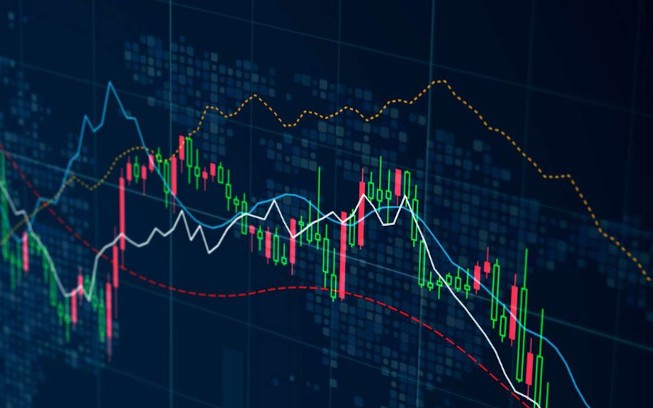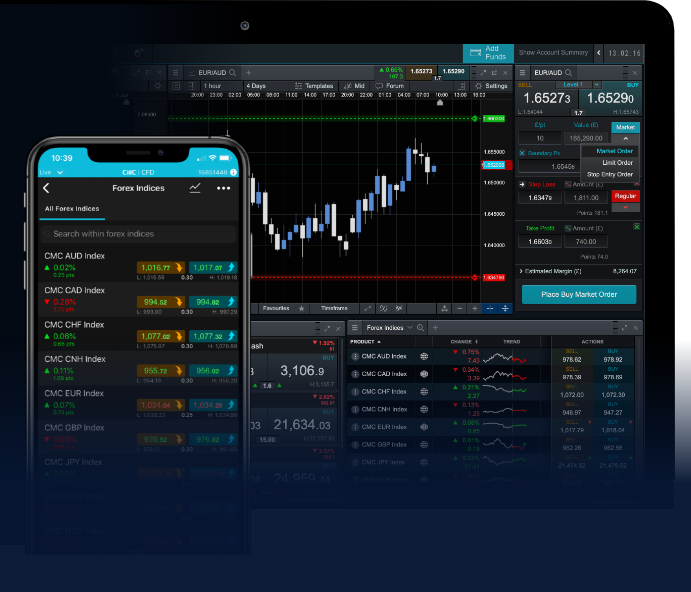
The Future of Trading: An In-Depth Guide to Robot Trading in Forex
In the ever-evolving world of Forex trading, automated systems have become increasingly popular. robot trading forex FX Trading Broker offers a robust platform for both beginners and experienced traders to leverage these automated strategies. This article delves into the fundamentals of robot trading, explores its advantages, examines potential drawbacks, and provides insights on how to effectively utilize trading robots to maximize success.
What is Robot Trading?
Robot trading, also known as algorithmic trading or automated trading, involves using software programs equipped with specific algorithms to execute trades on behalf of the trader. These robots monitor market conditions, analyze data, and make trading decisions based on pre-defined criteria without human intervention. This allows for efficient and timely execution of trades, which is critical in the fast-paced Forex market.
How Robot Trading Works
At the core of robot trading are trading algorithms that analyze market conditions and generate buy or sell signals based on complex mathematical models. The process typically follows these steps:

- Data Collection: Robots continuously gather data from various sources, including historical price movements, economic indicators, and market news.
- Signal Generation: Based on the data collected, the robots apply their algorithms to identify profitable trading opportunities and generate signals for entering or exiting trades.
- Trade Execution: Once a trading signal is generated, the robot can execute trades automatically, ensuring that opportunities are not missed due to human delay.
- Monitoring and Adjustment: Many trading robots also monitor open trades, automatically adjusting stop-loss and take-profit levels as necessary to maximize gains or minimize losses.
The Advantages of Robot Trading
Robot trading offers several advantages that can appeal to both novice and experienced traders:
- Emotionless Trading: One of the primary benefits is the elimination of emotional decision-making. Robots adhere strictly to their programmed strategies without being influenced by fear or greed.
- 24/7 Market Monitoring: Forex markets operate around the clock, and trading robots can monitor and execute trades at any time, allowing traders to capitalize on opportunities even when they are not actively trading.
- Backtesting Capabilities: Traders can backtest their trading robots using historical data to evaluate their performance before deploying them in live markets, enabling informed decision-making.
- Time Efficiency: Robot trading saves time by automating the trading process, allowing traders to focus on strategy development or other activities.
- Diversification: Traders can implement multiple trading robots with different strategies simultaneously, diversifying their trades across various currency pairs and reducing risk.
Potential Drawbacks of Robot Trading
Despite its numerous advantages, robot trading also has its drawbacks, which should be carefully considered:

- Initial Setup Complexity: Setting up a trading robot may require a certain level of technical knowledge, which can be a barrier for less experienced traders.
- Market Conditions Change: Trading algorithms are based on historical data and patterns, which means they may not perform well in changing or volatile market conditions.
- Over-Optimization: There is a risk of over-optimizing trading strategies based on past performance, leading to what is known as data mining bias, where a strategy looks good on paper but fails in live trading.
- Cost of Services: Some trading robots require a subscription fee or a percentage of profits, which can eat into overall returns.
- Technical Failures: Dependence on technology means that any technical glitches or connectivity issues can lead to missed opportunities or losses.
Choosing the Right Trading Robot
Selecting the right robot for trading in the Forex market is crucial to ensure the best chance for success. Here are some factors to consider:
- Performance History: Look for robots with a proven track record of successful trades and consistent returns in varying market conditions.
- Strategy Transparency: The robot’s trading strategy should be clear and transparent. Knowing how and why the robot makes trading decisions is essential for building trust.
- Flexibility and Customization: The ability to customize settings or parameters allows traders to tailor the robot’s performance to their risk tolerance and trading style.
- Reviews and Testimonials: Research user reviews and testimonials to gauge the reliability and effectiveness of the robot. Community feedback can provide valuable insights.
- Customer Support: Ensure that the robot provider offers adequate customer support in case of issues or questions.
Conclusion
Robot trading represents a significant advancement in the way traders approach the Forex market. Although trading robots can enhance efficiency and decision-making, it is essential to understand both their advantages and limitations. By choosing the right trading robot and maintaining an informed and cautious approach, traders can potentially leverage these digital tools to improve their trading performance. With the right strategy and tools, the future of trading could very well be automated.

Comentarios recientes